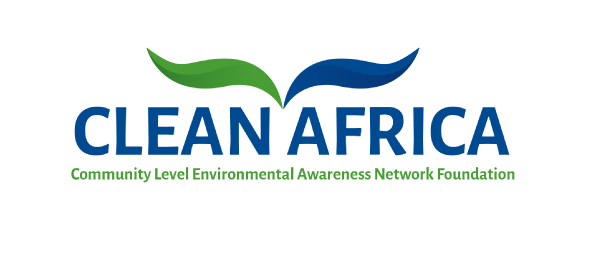The implications of this challenging and defining historical epoch can still be witnessed by closely observing the plethora of historic castles and forts along Ghana’s coast. From the importation of the first 20 slaves to the New World in 1619, these European fortresses represented the rape of the entire land of Africa, past, present, and future. With every treacherous trip, Africa’s destiny was pillaged. From their native country, men, women, and children were dehumanized and transformed into chattels – mere possessions that could easily be discarded.
Many did not survive the gruesome journey. From those who were thrown into the Rafi Angulu River to be feasted upon by vultures, to those who were starved to death or killed for their rebellion. The journey to the castles – from Salaga to Techiman to Kumasi to Assin Kushea to Assin Manso where they bathed for the last time in the Donkonsuo – every day spent in captivity in the castle would see the last vestiges of hope forcefully slashed away. From the damp, and poorly ventilated dungeons of the castle, to the shackling and jamming of these individuals, many died and were simply thrown into the sea.
The situation was dire! And this is why the story is significant.
Door of “No Return”
The “door of no return,” a doorway through which slaves lost touch with the land of their birth. Slaves were lowered into boats and then loaded like cargo onto large slave ships farther out at sea, never to set foot in their homeland again!

